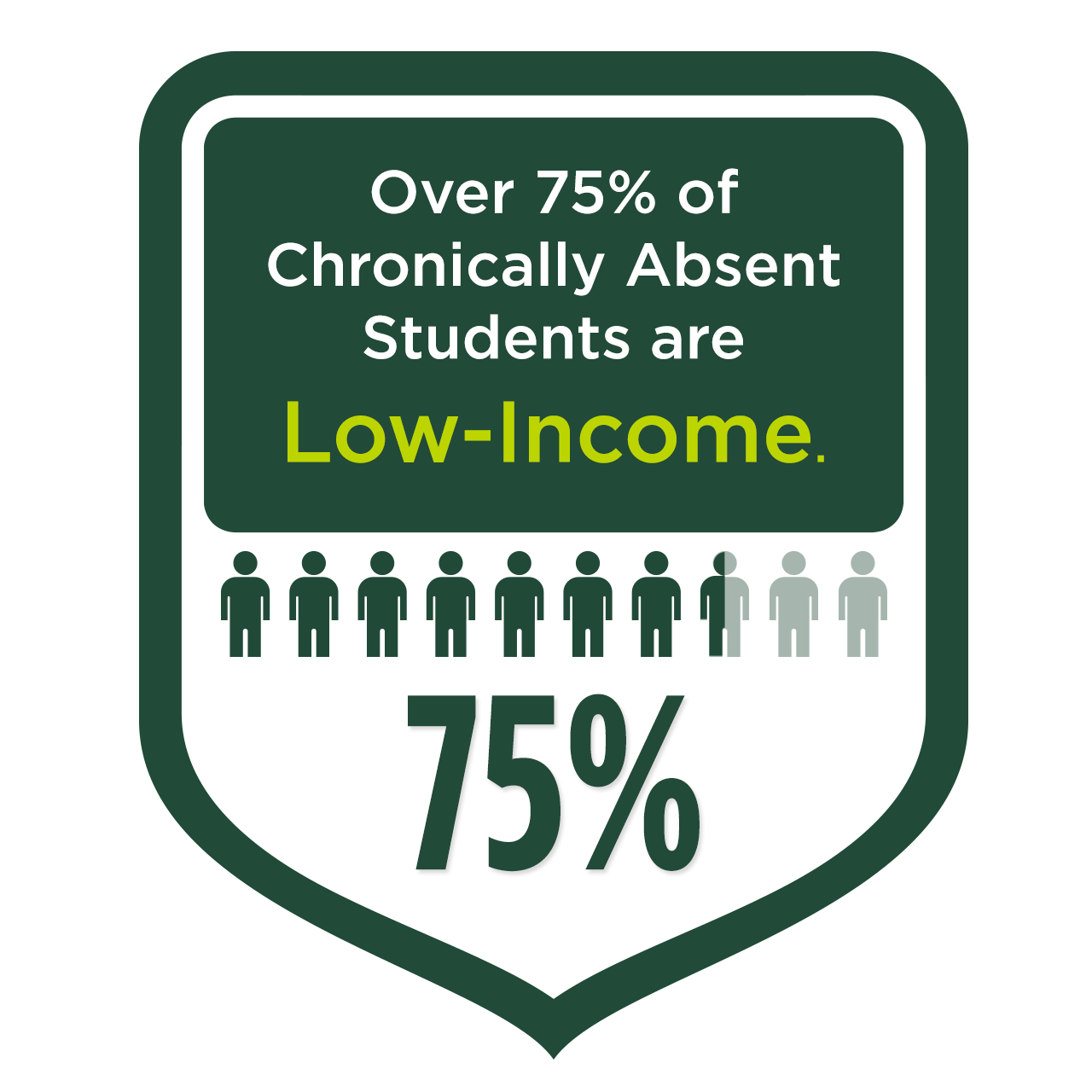New Data Show Chronic Absenteeism is Widespread and Prevalent Among All Student Groups

A new analysis from the U.S. Department of Education shows that chronic absenteeism impacts students in all parts of the country and is prevalent among all races, as well as students with disabilities. The first-ever national comprehensive data collected on chronic absenteeism reveal that more than 6 million students—or 13 percent of all students—missed at least 15 days of school in the 2013-14 school year. The data paint a striking picture of how many students miss three weeks or more of school each year.
To shine a light on these widespread challenges, the Department is debuting a new interactive website showing the extent of the crisis in terms of geography, ethnicity, disability status, and school level.
"Chronic absenteeism is a national problem," said U.S. Secretary of Education John B. King Jr. "Frequent absences from school can be devastating to a child's education. Missing school leads to low academic achievement and triggers drop outs. Millions of young people are missing opportunities in postsecondary education, good careers and a chance to experience the American dream."
Many aspects of the analysis are sobering, including:
- Geography — Chronic absenteeism is prevalent in all parts of the country. The graphs represent the areas of greatest concentration of the percentages of students missing three or more weeks of school.
- Race & Ethnicity — More than 22 percent of American Indian students were chronically absent in 2013-14, followed by Pacific Islanders, blacks, students of two or more races, Hispanics-Latinos, whites, and Asians.
- School Level — High school students were absent the most—almost 20 percent—followed by middle school (12 percent) and elementary school students (10 percent).
- Disability Status — More than 17 percent of students with disabilities were chronically absent compared to 12 percent of students without disabilities.
- Gender — Roughly 13 percent of both males and females were chronically absent.
King released the new data and website at the Every Student, Every Day National Conference, the first of its kind focusing on chronic absenteeism that aims to support states, local school districts, schools, and communities in their work to develop effective chronic absenteeism policy and practice; showcase how schools can address the root causes of the problem; and strengthen the collaborative capacity of multi-agency early warning systems to link students to necessary interventions, programs, and preventative services.
To address the concerns about the depth of the problem, the Obama Administration launched Every Student, Every Day: A National Initiative to Address and Eliminate Chronic Absenteeism last fall in response to recommendations put forth by President Obama's My Brother's Keeper Taskforce. Led by the White House and the Departments of Education, Health and Human Services, Housing and Urban Development, and Justice, the effort is aimed at combating chronic absenteeism and urging states and local communities across the country to reduce absenteeism by at least 10 percent each year. As part of this initiative, 30 communities across the country have joined the My Brother's Keeper Success Mentor initiative, an evidence-based effort which aims to reduce chronic absenteeism by connecting students who are or at risk of becoming chronically absent with trained school-linked caring adults and near-peers over the next three to five years.
The new, national chronic absenteeism data are part of the 2013-14 Civil Rights Data Collection (CRDC), a comprehensive look at conditions within over 99,500 public schools across the country, or 99.5 percent of all public schools. The CRDC included data on all students from elementary, middle, and high school, including students of color, students with disabilities. and students with limited English proficiency.
This week's CRDC release is the first in a series of data analyses from the 2013-14 CRDC that the Education Department will issue over the course of the summer and fall. To make these data more accessible and useful for parents, educators, policymakers and others, for the first time, the whole data file is available online at CRDC.ed.gov.
The federal government has collected civil rights data about schools since 1968. As with previous Civil Rights Data Collections, the purpose of the 2013-14 report is to obtain vital data related to civil rights laws requiring public schools to provide equal educational opportunity.New Data Show Chronic Absenteeism is Widespread and Prevalent Among All Student Groups | U.S. Department of Education:

